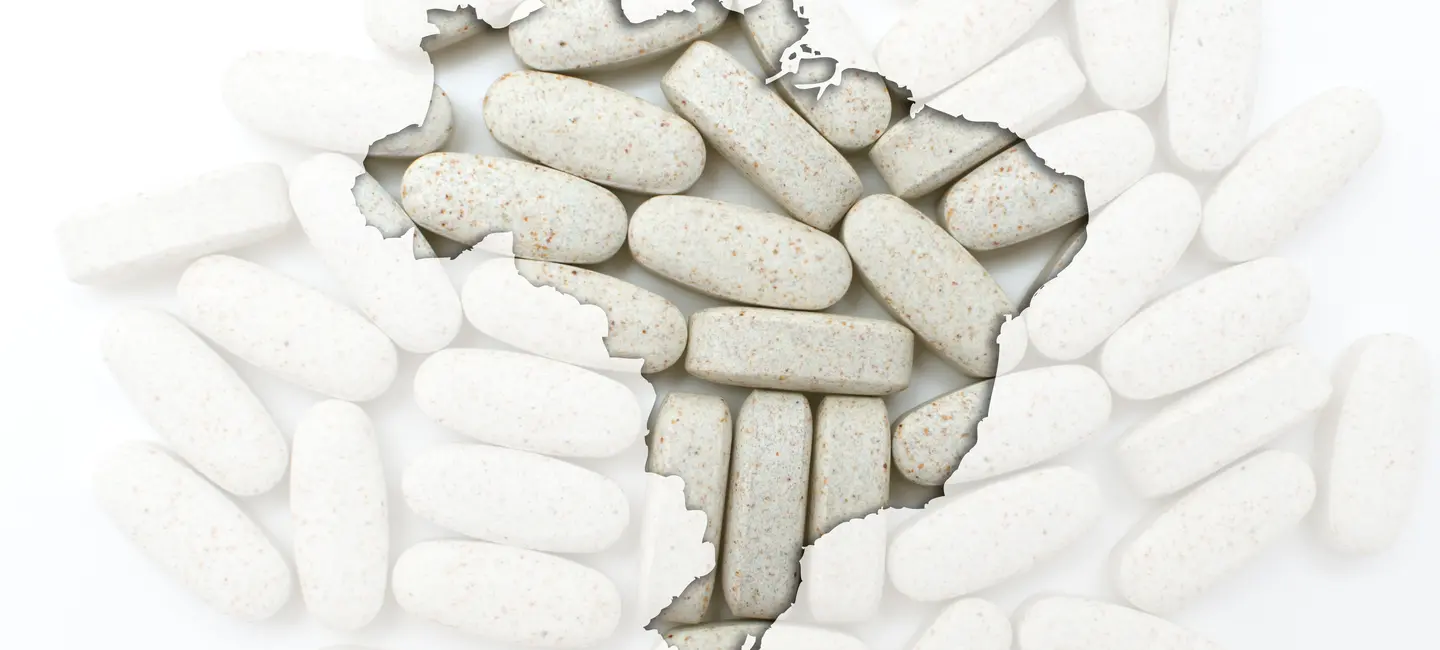
Cha de Bugre is a tree that is native to Brazil and can also be found in the tropical forests of Paraguay and Argentina. The tree produces a red fruit that looks like a coffee bean. This fruit is often roasted and brewed into a tea as a substitute for coffee.
Cha de Bugre is also used to treat cellulite, cough, fluid retention (edema), gout, cancer, herpes, viral infections, fever, high blood pressure, and diseases of the heart and blood vessels. It is also used to increase energy.
Some people apply Cha de Bugre directly to the skin for wound healing.
Is It Effective?
NatMed Pro rates effectiveness based on scientific evidence according to the following scale: Effective, Likely Effective, Possibly Effective, Possibly Ineffective, Likely Ineffective, Ineffective, and Insufficient Evidence to Rate.
- Cancer.
- Cough.
- Fever.
- Fluid retention (edema).
- Gout.
- Heart disease.
- Herpes.
- High blood pressure.
- Reducing cellulite.
- Viral infections.
- Weight loss and obesity.
- Wound healing.
- Other conditions.
More evidence is needed to rate the effectiveness of Cha de Bugre for these uses.
Is it Safe?
Some people think Cha de Bugre decreases appetite, but there is no scientific evidence that this is true. There is not enough known about Cha de Bugre to know how it might work for any medical use.
There is not enough known about Cha de Bugre to know if there are any safety concerns or if it is safe to take.
Special Precautions & Warnings:
Pregnancy and breast-feeding: Not enough is known about the use of Cha de Bugre during pregnancy and breast-feeding. Stay on the safe side and avoid use.
It is not known if Cha de Bugre interacts with any medicines. Before taking Cha de Bugre, talk with your healthcare professional if you take any medications.
There are no known interactions with herbs and supplements.
There are no known interactions with foods.
The appropriate dose of Cha de Bugre depends on several factors such as the user's age, health, and several other conditions. At this time there is not enough scientific information to determine an appropriate range of doses for Cha de Bugre. Keep in mind that natural products are not always necessarily safe and dosages can be important. Be sure to follow relevant directions on product labels and consult your pharmacist or physician or other healthcare professional before using.
Boid d'Inde, Bois d'ine, Brazilian Diet Pill, Bugre's Tea, Bugrinho, Cafe de Bugre, Café de la Forêt, Café des Bois, Cafe do Mato, Cafezinho, Cha-de-Negro-Mina, Chá de Bugre, Cha de Frade, Claraiba, Coffee of the Woods, Coquelicot, Cordia ecalyculata, Cordia salicifolia, Grao-do-Porco, Laranjeira-do-Mato, Louro-Mole, Louro-Salgueiro, Pholia Magra, Pilule Amincissante Brésilienne, Porangaba, Rabugem.
Information on this website is for informational use only and is not intended to replace professional medical advice, diagnosis, or treatment. While evidence-based, it is not guaranteed to be error-free and is not intended to meet any particular user’s needs or requirements or to cover all possible uses, safety concerns, interactions, outcomes, or adverse effects. Always check with your doctor or other medical professional before making healthcare decisions (including taking any medication) and do not delay or disregard seeking medical advice or treatment based on any information displayed on this website.
© TRC Healthcare 2024. All rights reserved. Use and/or distribution is permitted only pursuant to a valid license or other permission from TRC Healthcare.
